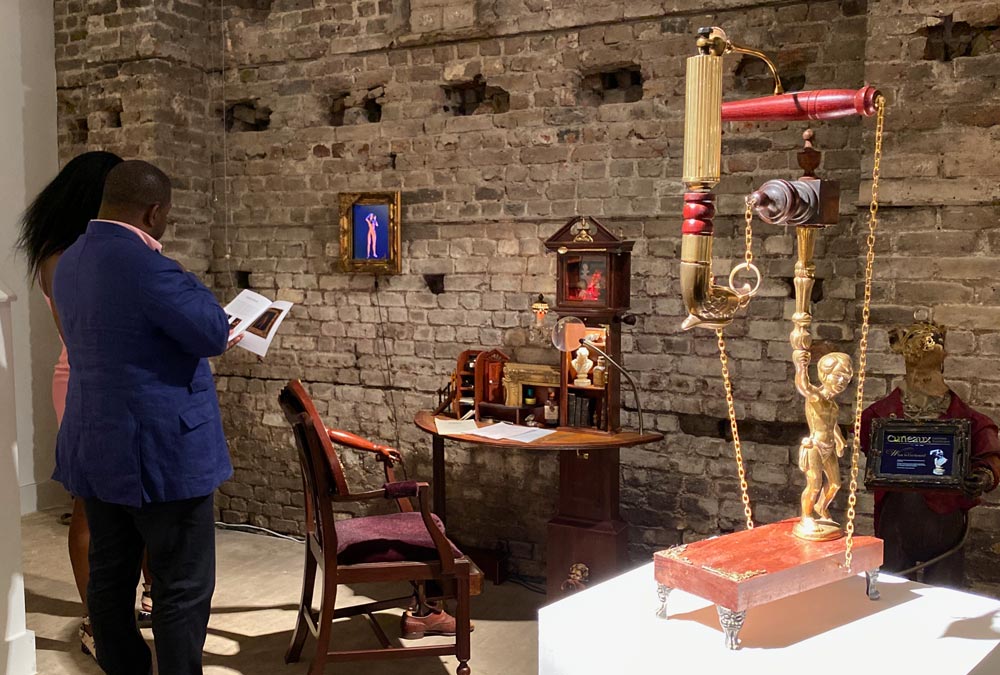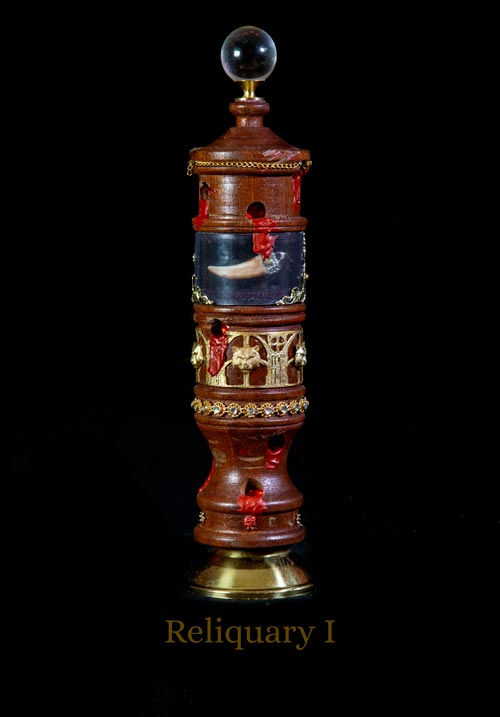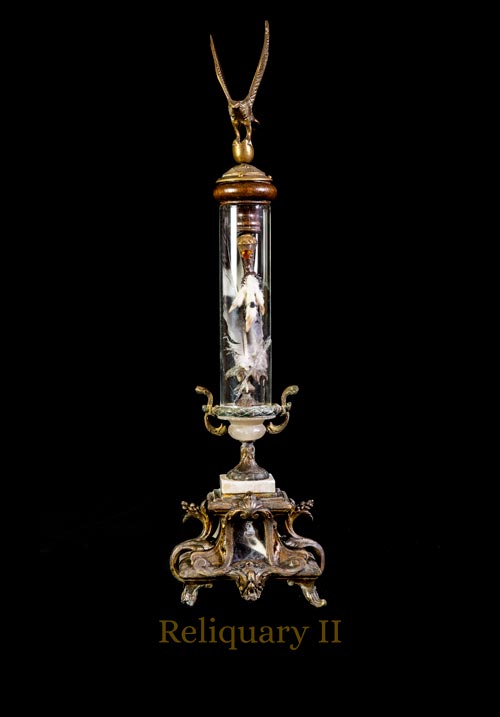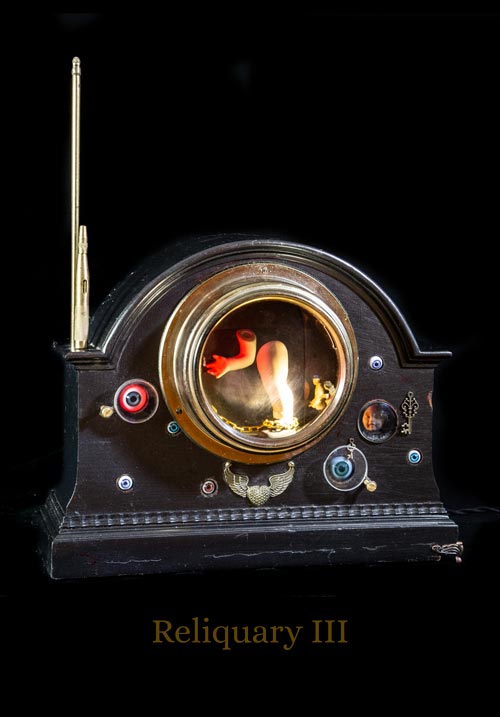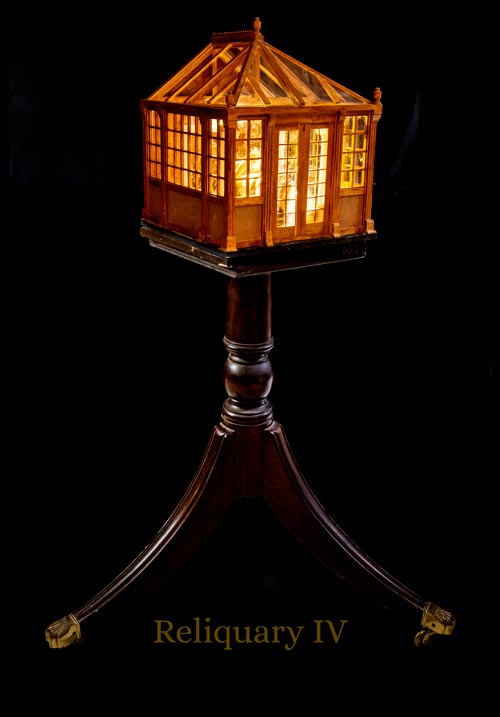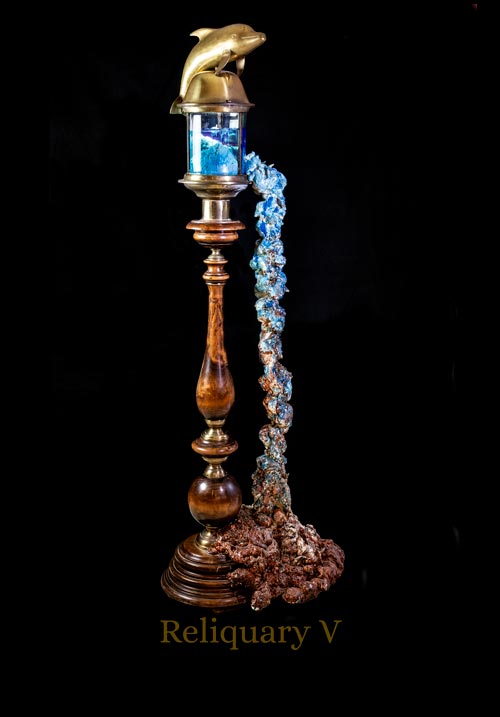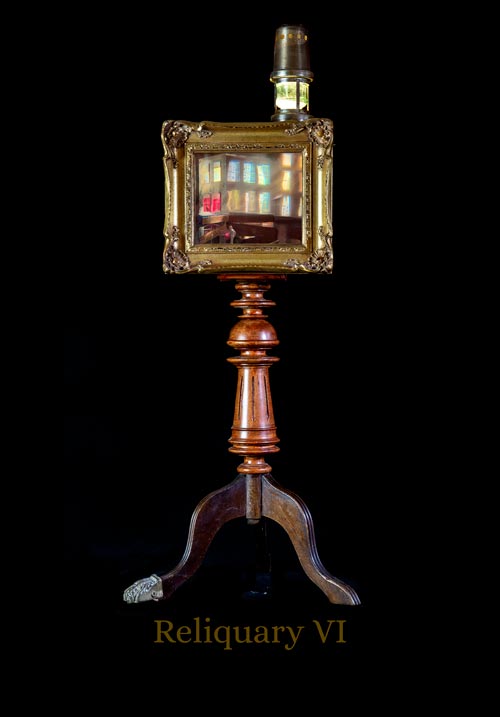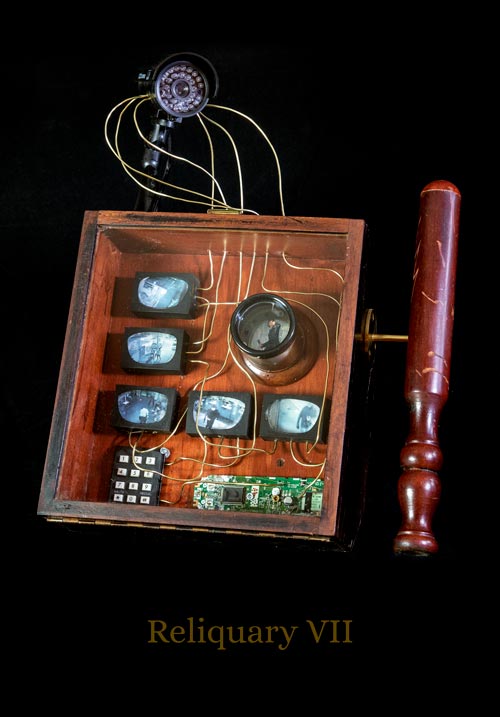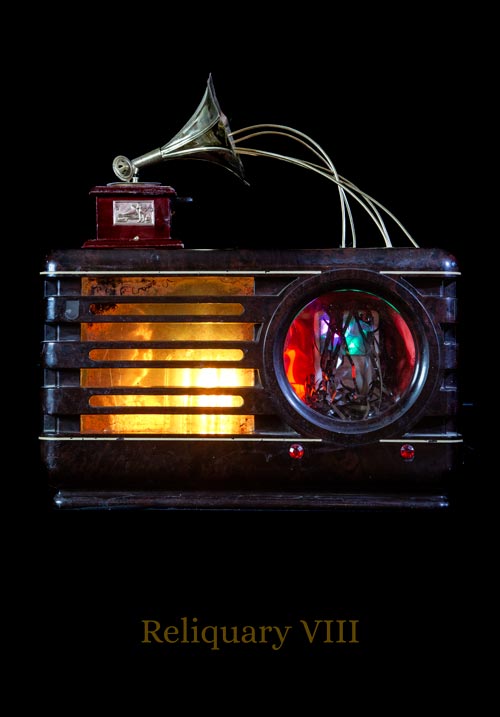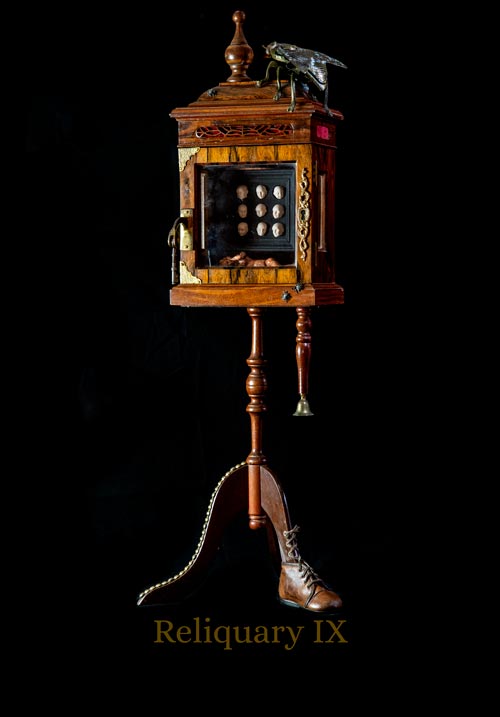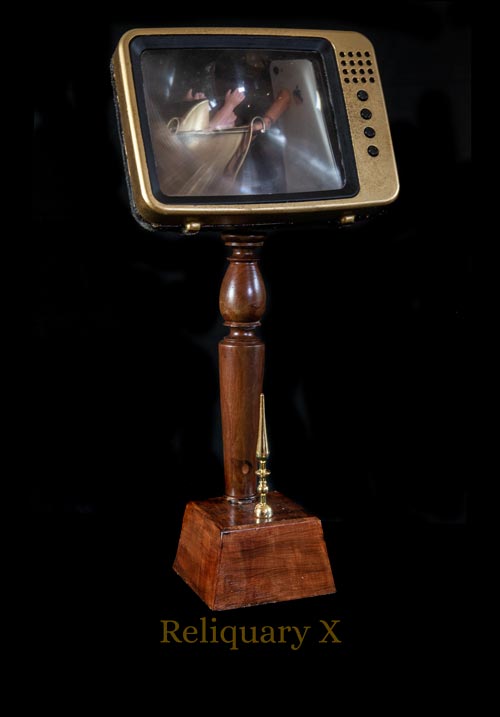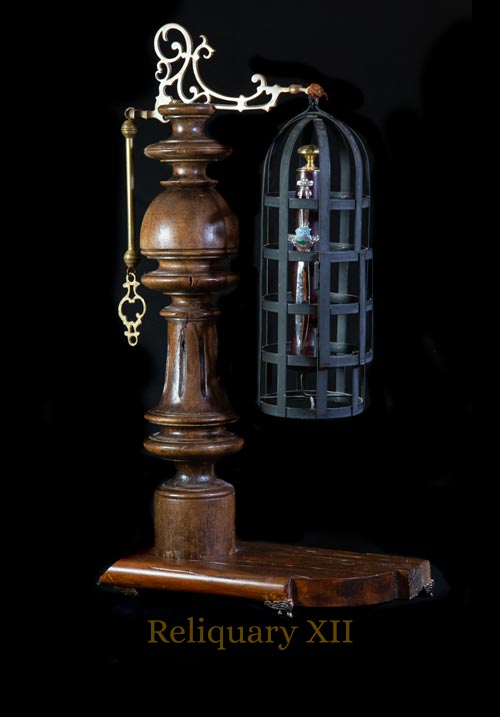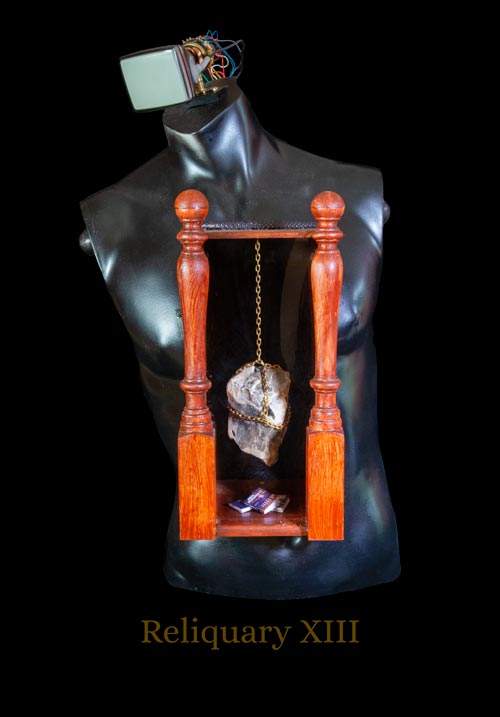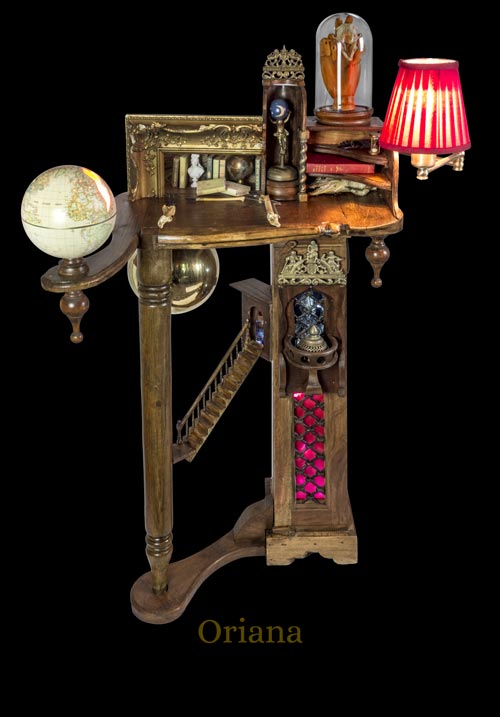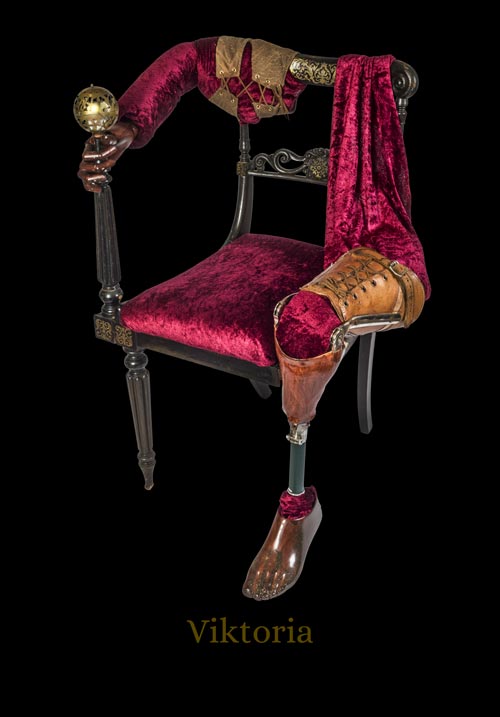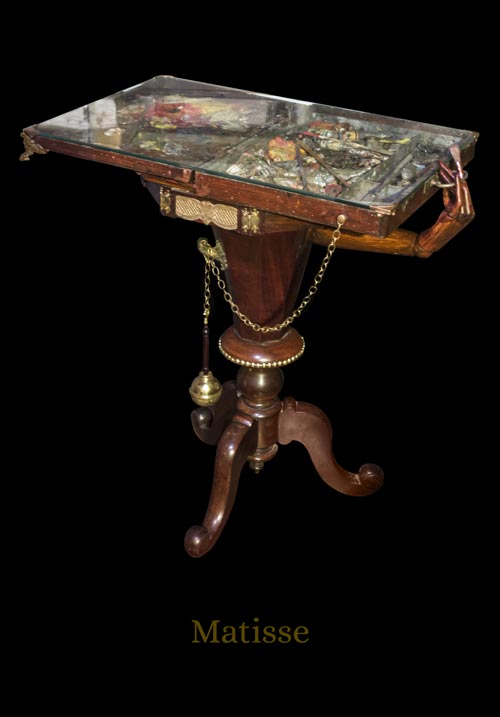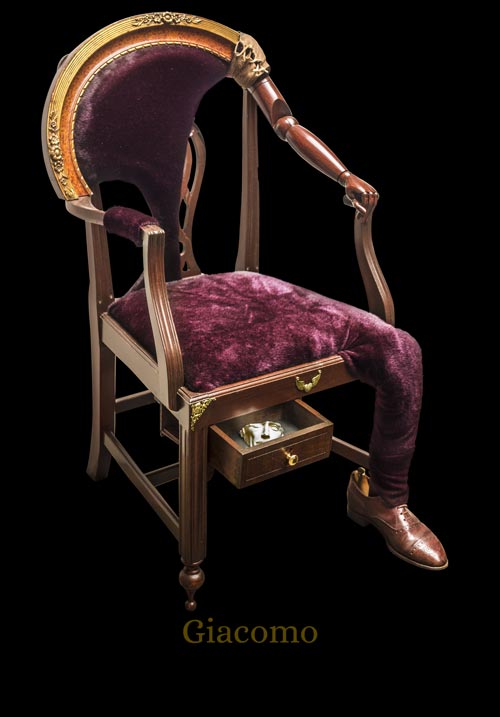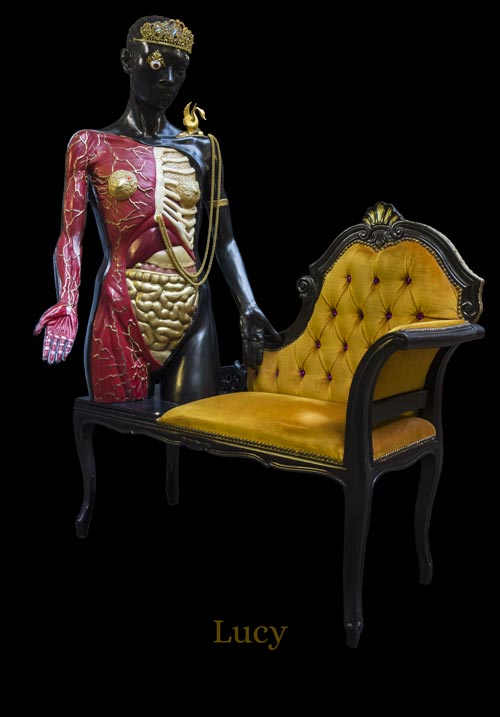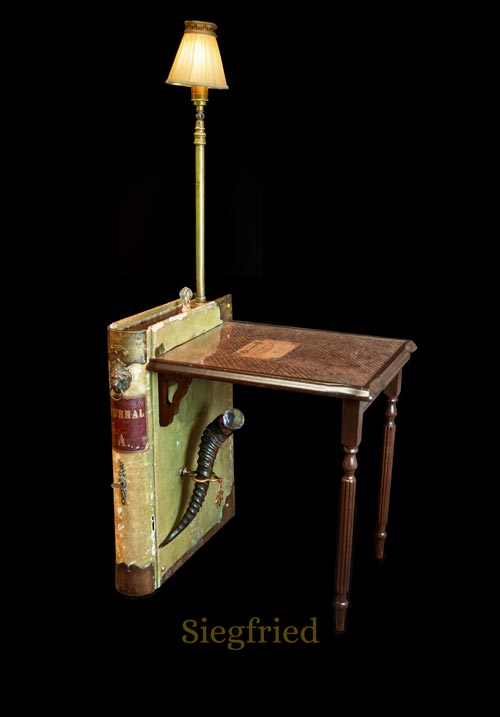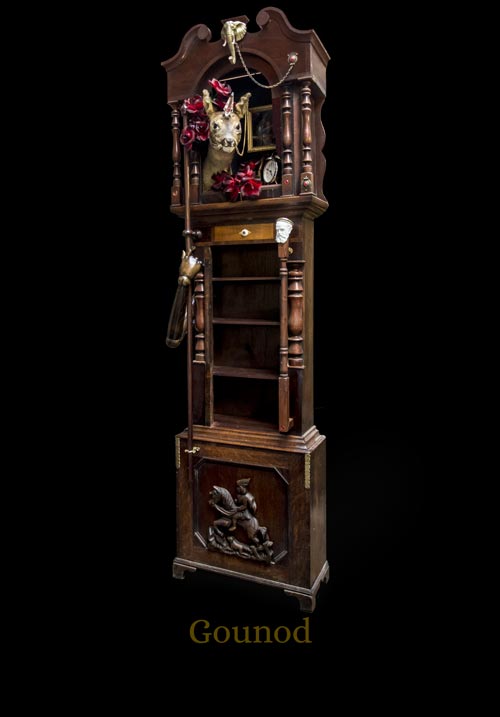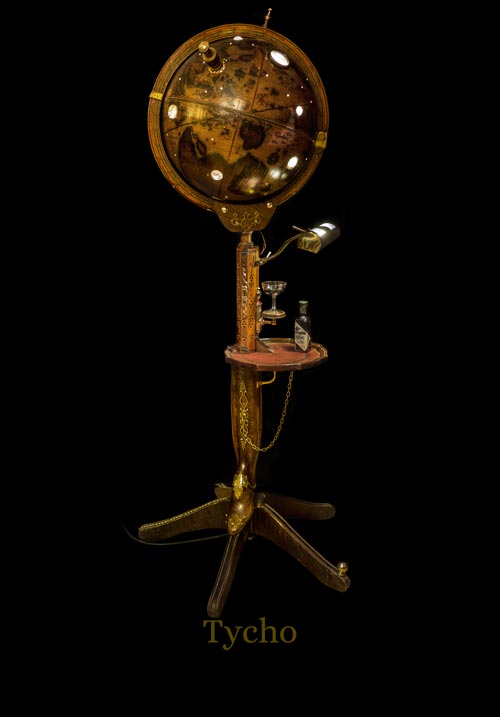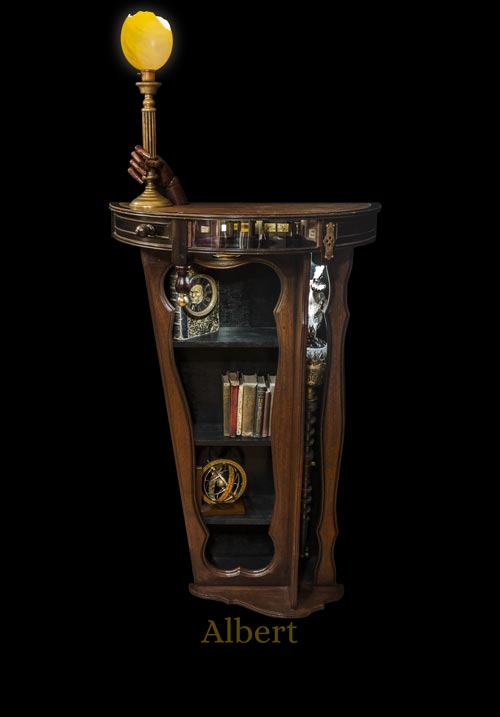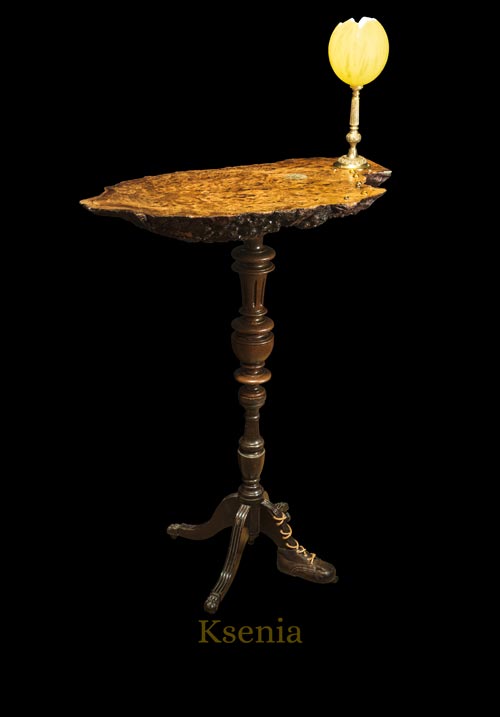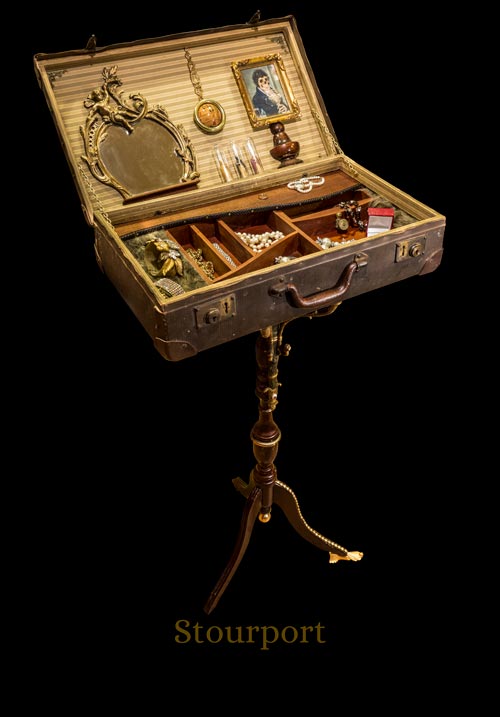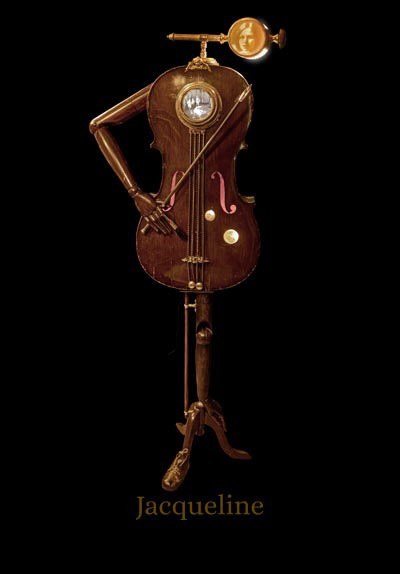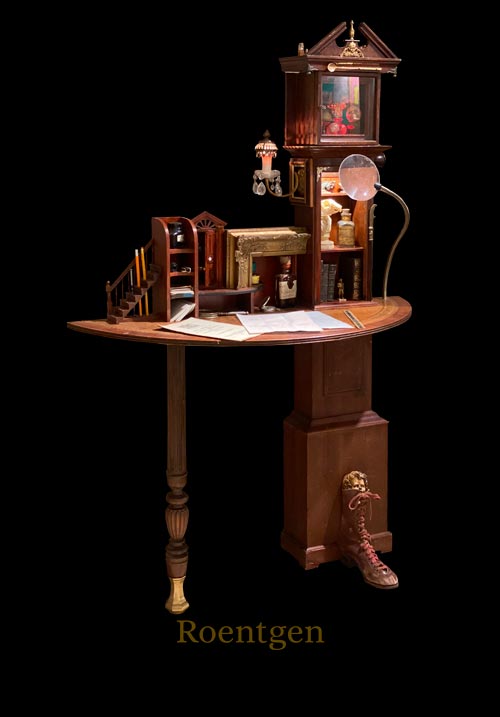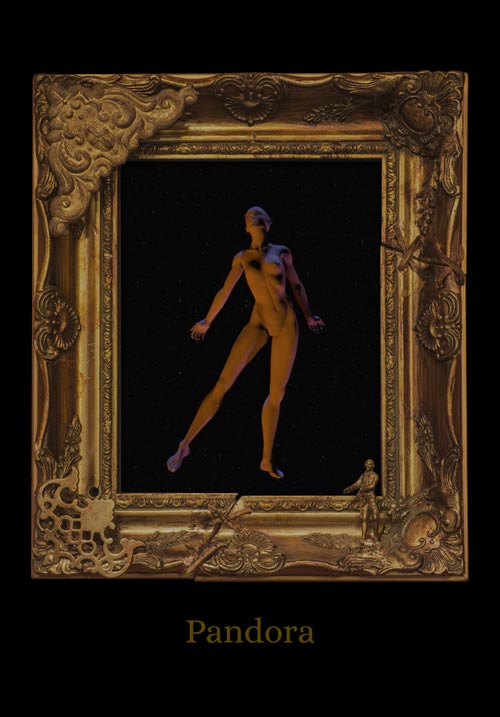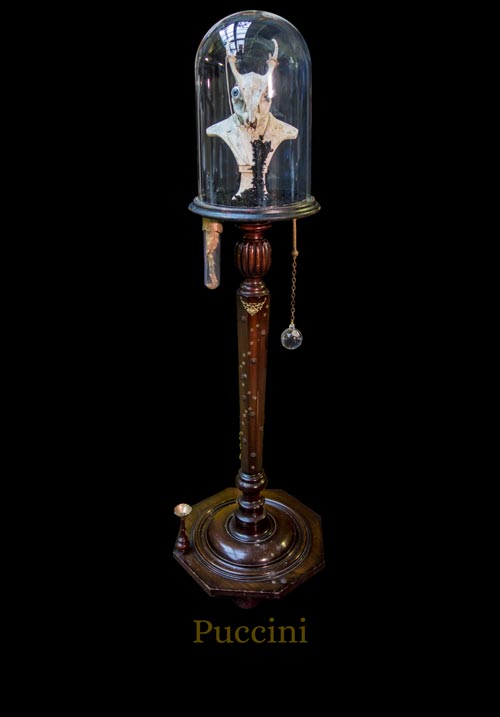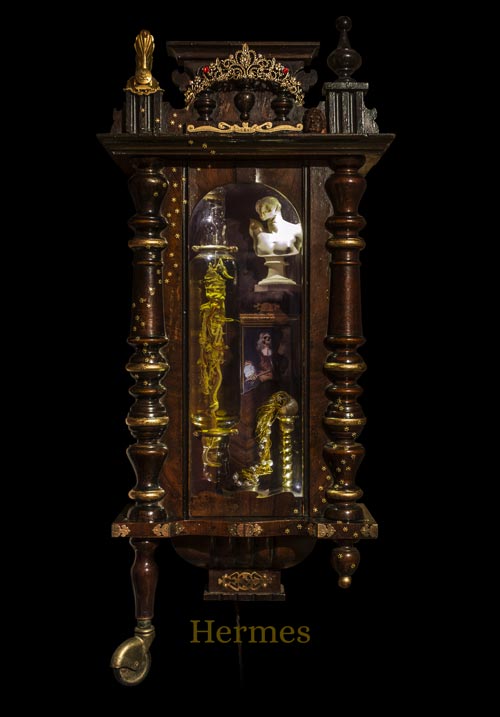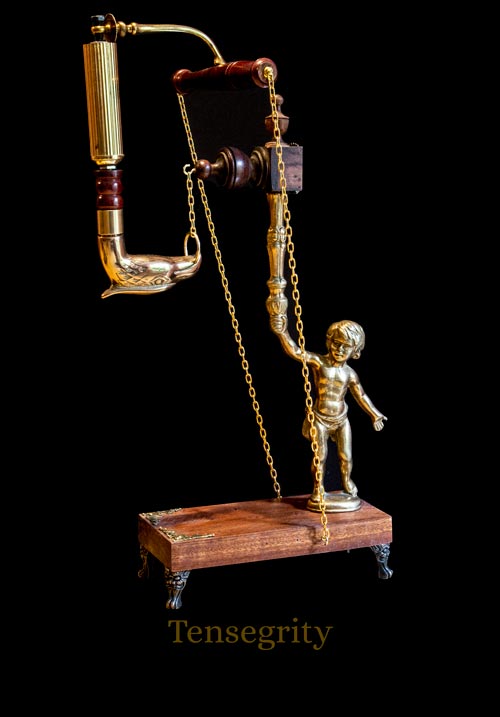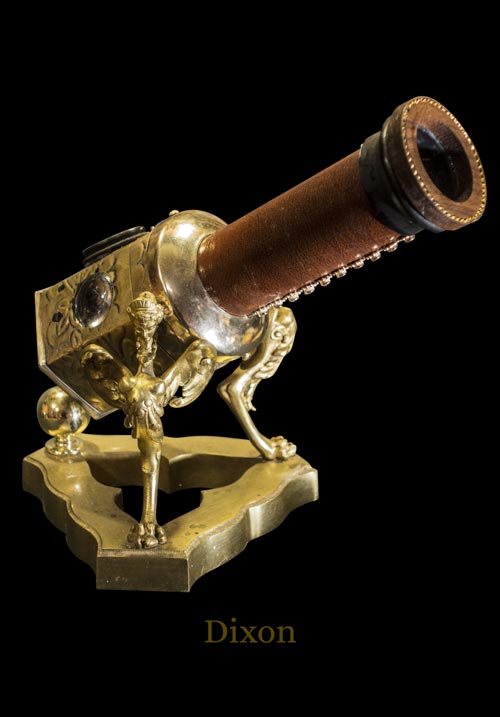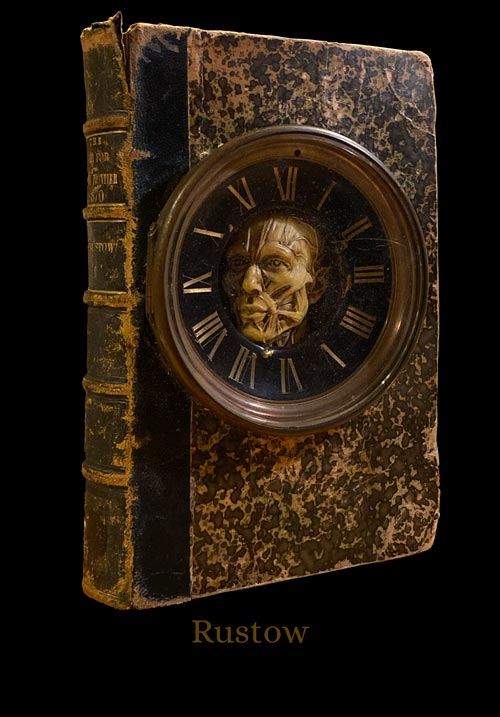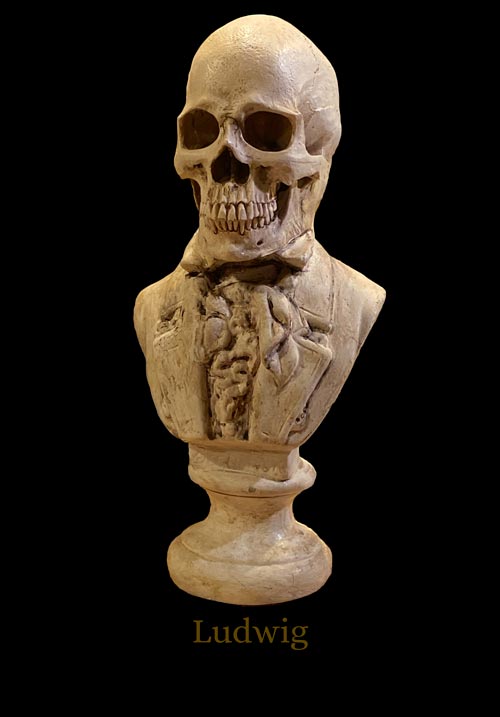
Curieaux is art for the practical. Curieaux is furniture for the fanciful. Curieaux is relics for the irreligious.
Curieaux is what ticks your box. Curieaux is what tickles your fancy. Curieaux is the butter in the croissant, the hole in the doughnut, the fly in the moussaka.
Curieaux makes sense of the nonsensical.
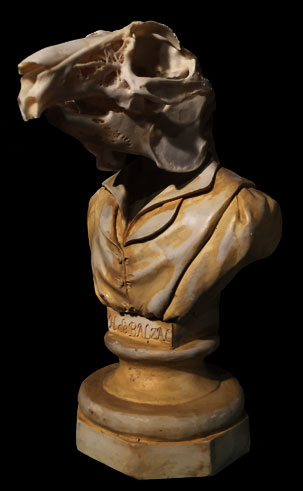

Curieaux is art for the practical. Curieaux is furniture for the fanciful.
Curieaux is what ticks your box. Curieaux is what tickles your fancy. Curieaux is the butter in the croissant, the hole in the doughnut, the fly in the moussaka.
Curieaux doesn’t always make sense.

THE RELIQUARIES
A reliquary is an ornate container for the remains of saints.
The Curieaux reliquaries are ornate containers for things we have lost.
You can read more about reliquaries here.
THE FURNITURE
ACCESSORIES
ABOUT CURIEAUX
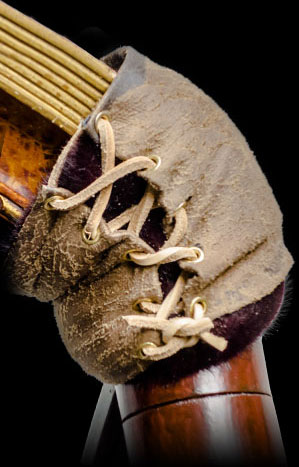
Curieaux is influenced by two Japanese design principles.
Wabi-Sabi (侘寂)
An aesthetic based on transience and imperfection. It’s the sense that an object that has a tangible history, including all the damage and modification it has undergone over the years, is preferable to a perfect, brand-new object devoid of any such character.
Wabi-Sabi encompasses a distaste for symmetry, and has been described as the beauty that is imperfect, impermanent and incomplete. Many of the pieces from which Curieaux objects are composed are left deliberately unpolished and unrepaired, to promote and savour their years of use.
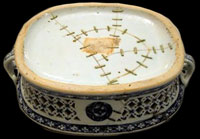
Kintsugi (金継ぎ)
Kintsugi translates as “golden joinery”, and it describes the Japanese art of repairing broken pottery not to produce an invisible mend, but with lacquer mixed with powdered gold or other precious metals in order to bring attention to the repair.
Kintsugi regards breakage and repair not as something to disguise, but as something to celebrate as part of the history of the object. The stapled dish shown here is from Nanking, repaired in the mid 18th century.
The objects that make up the Curieaux collection have been collected from a wide range of sources, and joined together to form harmonious new creations.
FREQUENTLY ASKED QUESTIONS
Is it art, or is it furniture?
It’s both. You can sit on the chairs, and you can put things on the tables. But I wouldn’t recommend standing on either to change a lightbulb. You should try to treat them with the same respect you’d give to the furniture in your grandmother’s front room.
What’s with all the skeletons?
Skeletons have appeared in works of art for centuries. Some artists have introduced these potent memento mori into their artwork in unusual ways – among the strangest is Holbein’s ‘The Ambassadors’.
What does it mean?
If they could be put into words, these pieces would be poems. But you can’t put visual art into words. What it means is how it makes you feel.

What does the name mean?
The word ‘Curieaux’ implies curiousness, with a loosely French spelling to reflect the fact that many of the components are sourced from French flea markets. It’s pronounced ‘curio’.
Can you make me one just like…
Probably not. Each piece is unique, and depends on found objects and their chance association as they’re put together. If there’s a piece here you like but which is no longer available, it may be possible to make one with a similar feel, but it won’t be identical.
Do you take commissions?
If you have a theme in mind then we can discuss it, explore suggestions and talk through ideas, as long as you don’t want the result to be too literal.
THE SHOW
London exhibition 2020
Curieaux exhibited at No20 Arts, London, in August–September 2020.
